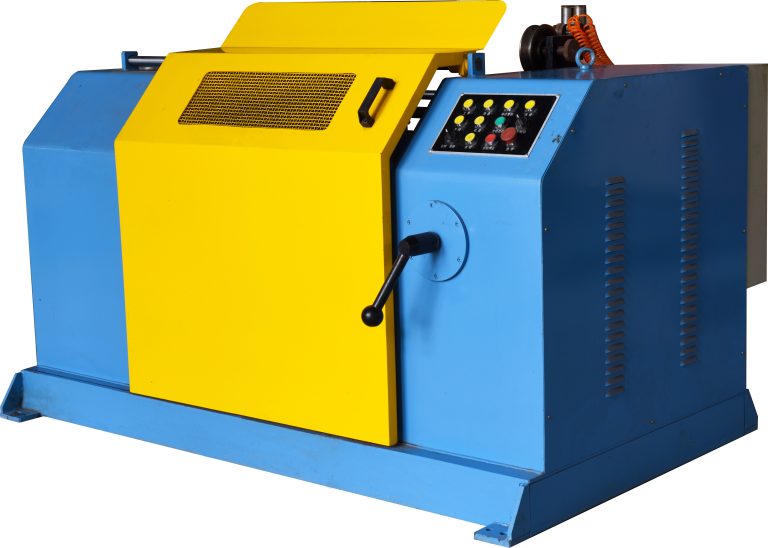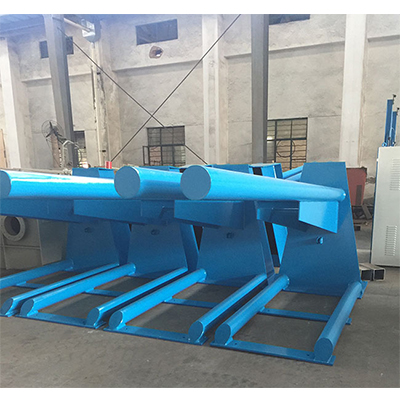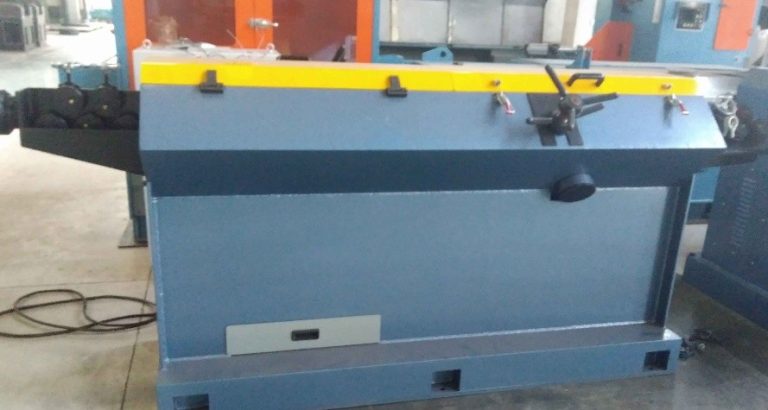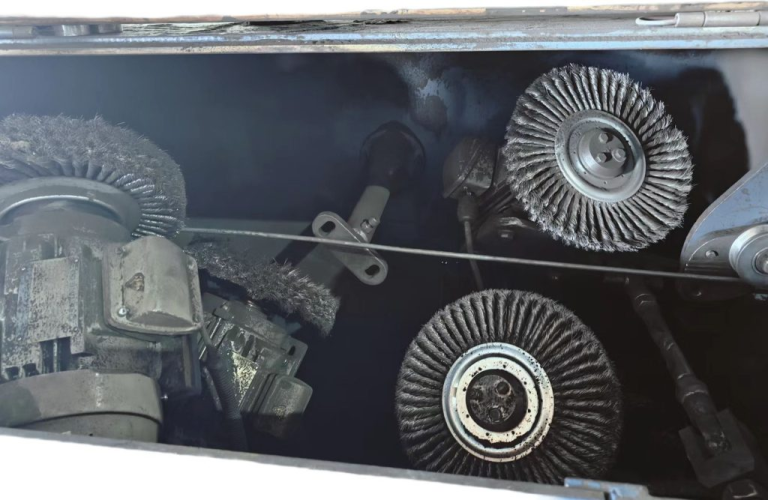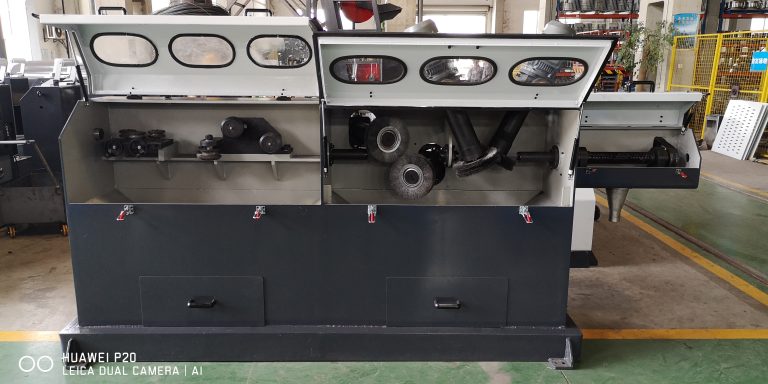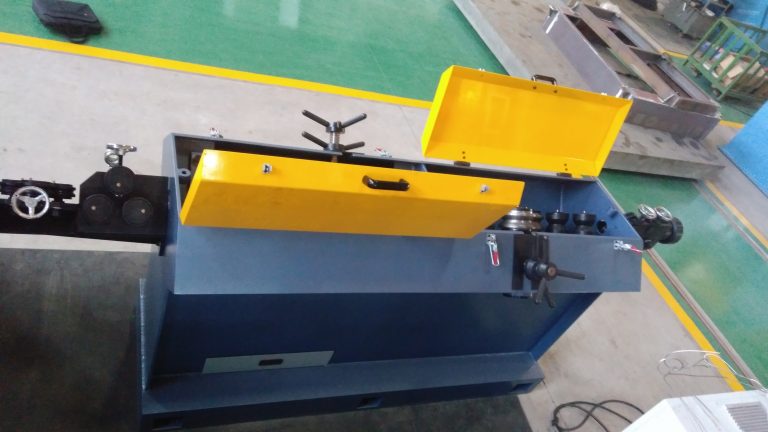Table of Contents
Innovative Applications of Rotating Die Units in Various Industries
Rotating die units have become an essential component in various industries due to their versatility and efficiency. These units are used in a wide range of applications, from manufacturing to food processing, and have revolutionized the way products are produced. In this article, we will explore some innovative applications of rotating die units in different industries.
One of the most common uses of Rotating Die Holder is in the manufacturing industry. These units are used to shape and form materials such as metal, plastic, and rubber into specific shapes and sizes. By rotating the die, manufacturers can create complex and intricate designs that would be difficult to achieve using traditional methods. This has led to increased efficiency and productivity in the manufacturing process, as well as improved product quality.

In the automotive industry, rotating die units are used to create parts and components for vehicles. These units are essential for producing parts with precise dimensions and shapes, ensuring that they fit together seamlessly in the final product. Rotating die units are also used to create custom parts for specialty vehicles, such as racing cars and motorcycles, where precision and accuracy are paramount.
Another industry that has benefited from the use of rotating die units is the food processing industry. These units are used to create a variety of food products, such as pasta, cookies, and candies. By rotating the die, manufacturers can create different shapes and sizes of food products, allowing for greater flexibility in product design. This has led to the development of new and innovative food products that appeal to a wider range of consumers.
In the pharmaceutical industry, rotating die units are used to create tablets and capsules. These units are essential for producing medications with precise dosages and formulations, ensuring that patients receive the correct amount of medication. Rotating die units are also used to create specialty medications for patients with specific needs, such as children or the elderly, where customized dosages are required.
The aerospace industry has also embraced the use of rotating die unit in the production of aircraft components. These units are used to create parts with complex geometries and tight tolerances, ensuring that they meet the stringent requirements of the aerospace industry. Rotating die units are also used to create lightweight materials for aircraft components, reducing fuel consumption and improving overall performance.
In the construction industry, rotating die units are used to create building materials such as bricks, tiles, and concrete blocks. These units are essential for producing materials with consistent dimensions and shapes, ensuring that they fit together seamlessly in construction projects. Rotating die units are also used to create custom building materials for specialty projects, such as historical restoration or architectural design, where unique materials are required.

In conclusion, rotating die units have become an essential tool in various industries, revolutionizing the way products are produced. From manufacturing to food processing, these units have improved efficiency, productivity, and product quality. As technology continues to advance, we can expect to see even more innovative applications of rotating die units in the future.
Advantages of Using Rotating Die Units in Manufacturing Processes
Rotating die units are a crucial component in many manufacturing processes, offering a range of advantages that can improve efficiency, quality, and overall productivity. These units are designed to rotate while in use, allowing for a more uniform distribution of material and a smoother production process. In this article, we will explore some of the key advantages of using rotating die units in manufacturing processes.
One of the primary benefits of Rotating Die Box is their ability to produce more consistent and uniform products. By rotating the die during the manufacturing process, the material is distributed more evenly, resulting in a higher quality end product. This can be particularly important in industries where precision and consistency are paramount, such as in the production of medical devices or electronic components.
In addition to improving product quality, rotating die units can also help to increase production speed. The rotating motion of the die can help to reduce friction and heat buildup, allowing for faster processing times and higher throughput. This can be especially beneficial in high-volume manufacturing environments where efficiency is key.
Another advantage of rotating die units is their versatility. These units can be used with a wide range of materials, including plastics, metals, and composites, making them suitable for a variety of manufacturing applications. This flexibility can help manufacturers to streamline their processes and reduce the need for multiple die units for different materials.
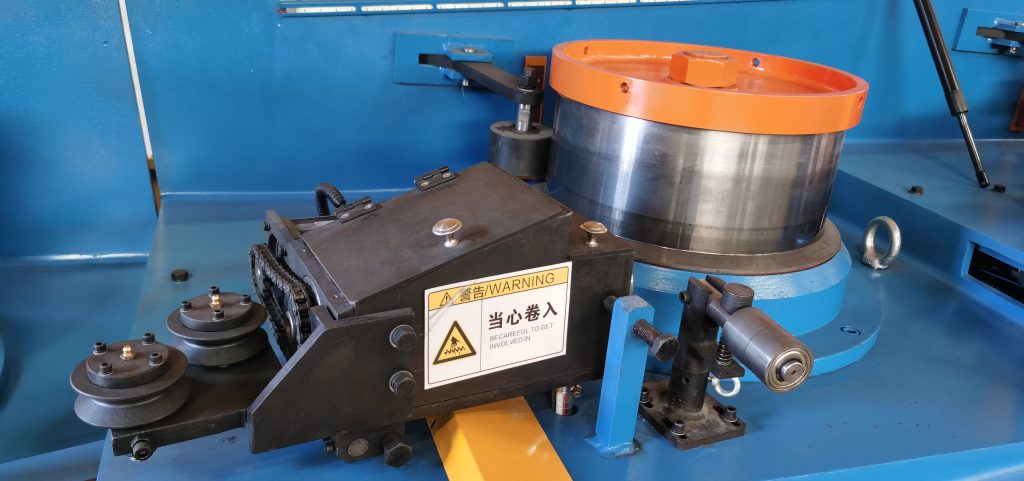
Rotating die units can also help to reduce waste in the manufacturing process. By distributing the material more evenly, these units can help to minimize scrap and improve material utilization. This can lead to cost savings for manufacturers and a more sustainable production process overall.
Furthermore, rotating die units can help to extend the life of the die itself. The rotating motion can help to reduce wear and tear on the die, leading to longer-lasting tooling and reduced maintenance costs. This can be particularly beneficial in industries where die replacement can be costly and time-consuming.
Overall, the advantages of using rotating die units in manufacturing processes are clear. From improved product quality and production speed to increased versatility and reduced waste, these units offer a range of benefits that can help manufacturers to optimize their processes and stay competitive in today’s fast-paced market.

